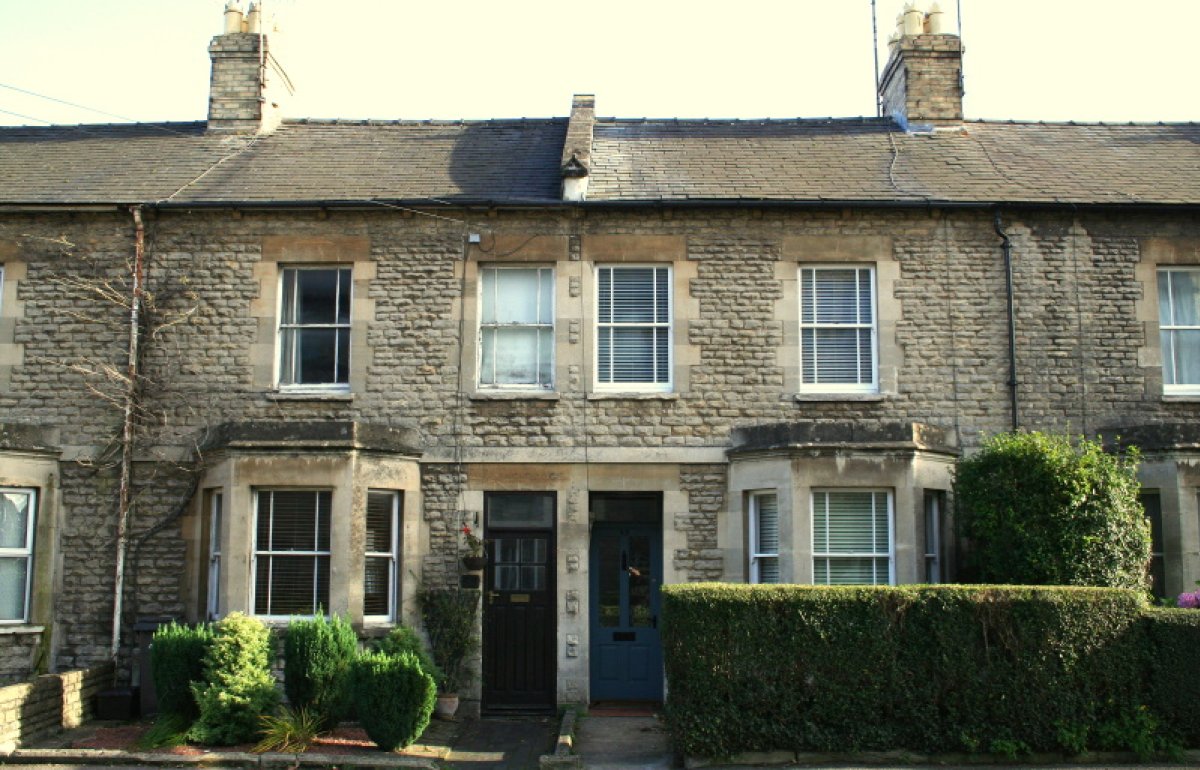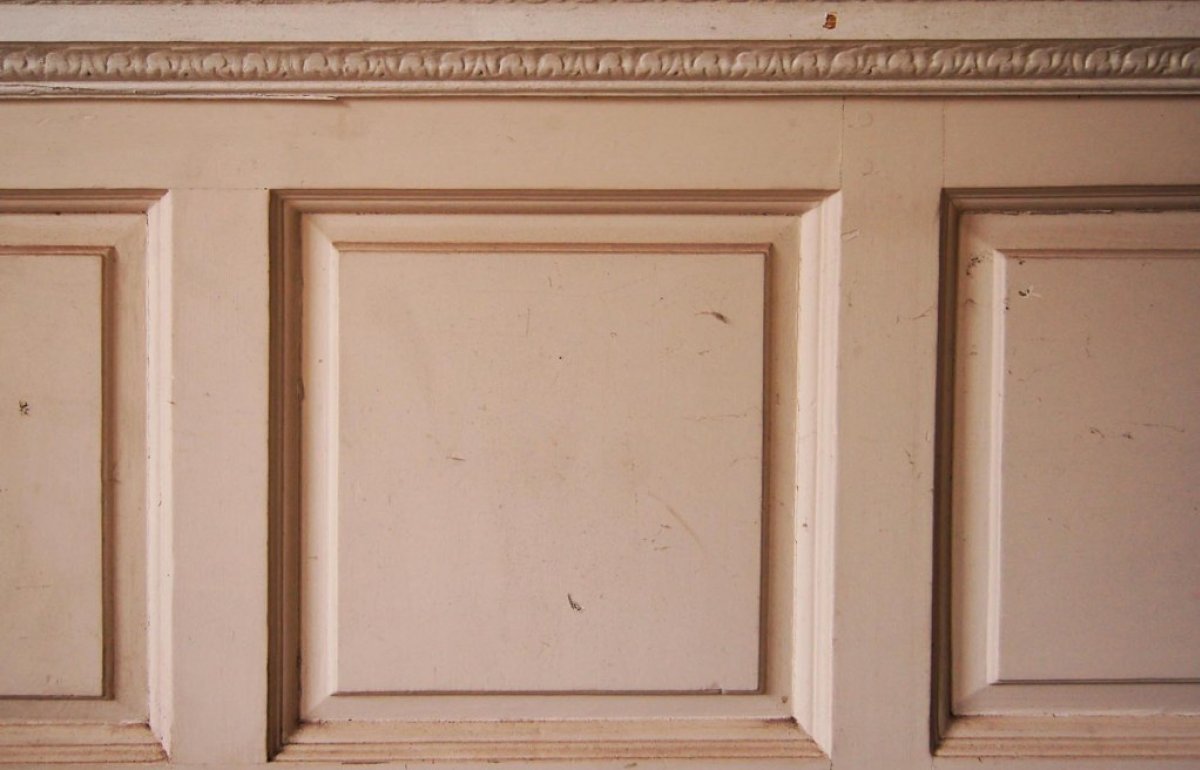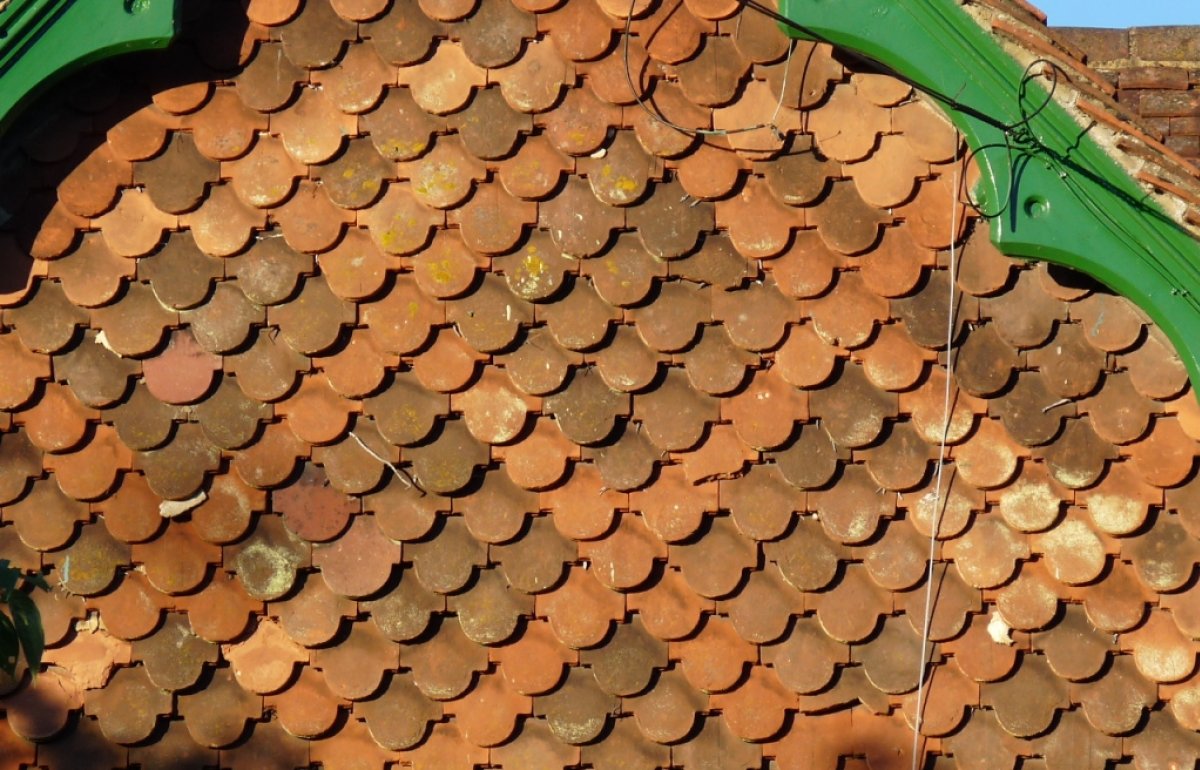Gypsum plaster floors
Old gypsum plaster floors are often unrecognized and frequently mistaken for later concrete. This places them under the constant threat of damage or destruction despite their historic importance and general serviceability.
What are gypsum plaster floors?
Gypsum plaster floors comprise a flooring layer that contains gypsum (calcium sulfate) as the binder mixed with aggregates such as crushed brick, burnt wood and coal particles. This layer is typically 35-75 mm thick and placed on water reed or straw over timber joists. Sometimes an insulating layer (for example, nutshells) exists between the floor and ceiling below. Gypsum plaster floors vary in colour from cream or non-descript or dark grey to pinky red. Used notably in the East Midlands between the 17th to 19th centuries, they also occur elsewhere in the UK near natural gypsum deposits, and are found predominantly at upper floor level.
How can I identify a gypsum plaster floor?
A greater variety of aggregates is usually visible in gypsum plaster floors compared with modern concrete, especially after the surface has been wiped with a damp sponge. The presence of reed or straw bedding, a suspected pre-20th century date and signs of later repairs can all provide further clues to the existence of a gypsum plaster floor. Additionally, the surface can be scratched easily with a sharp blade and, unlike with concrete, ‘rings’ when tapped gently. Careful scientific analysis will help determine the exact composition of a floor and distinguish gypsum plaster (with or without lime) from mainly lime-based materials, with which it is often confused.
Presumably, I should conserve rather than replace a gypsum plaster floor?
Old gypsum plaster floors are of historic value and often contemporary with the building in which they are found so should be conserved wherever possible. Various forms of deterioration can occur, though:
- Deflection and/or cracking (for instance, due to movement of joists, perhaps historically).
- Abrasion (especially in areas such as passageways).
- Later work (such as drilling or chasing for building services)
It is frequently possible for effective repairs to be undertaken that avoid the replacement of a floor and the associated loss of historic fabric. Any underlying structural problems should, of course, be addressed first.
What are the techniques for repairing gypsum plaster floors?
Holes and cracks can be filled with matching new mortar. Cracks should be carefully raked out first to a depth sufficient to provide a good key and the edges dampened to control suction.
Eroded patches or larger sections of defective plaster (or damaging later cement) should be cut back, normally to their full depth, as far as the middle of the nearest supporting joist beneath sound material. Fresh plaster can then be laid on new bedding material secured by laths fixed to the joists. The bedding material can be dressed beforehand with lime putty if this was identified in the old floor.
How should I maintain a gypsum plaster floor?
Old gypsum plaster floors usually only require regular sweeping or vacuuming and occasional washing with minimal quantities of water (perhaps with pH-neutral soap). Stains frequently respond to a 50:50 water:white spirit solution. Avoid harsh cleaning agents and impervious sealants. Coverings (natural fibre mats etc) can help protect floors although it is best to avoid sticking underlay or other materials to the surface to prevent damage. Castor cups can also afford protection to floors beneath furniture.



